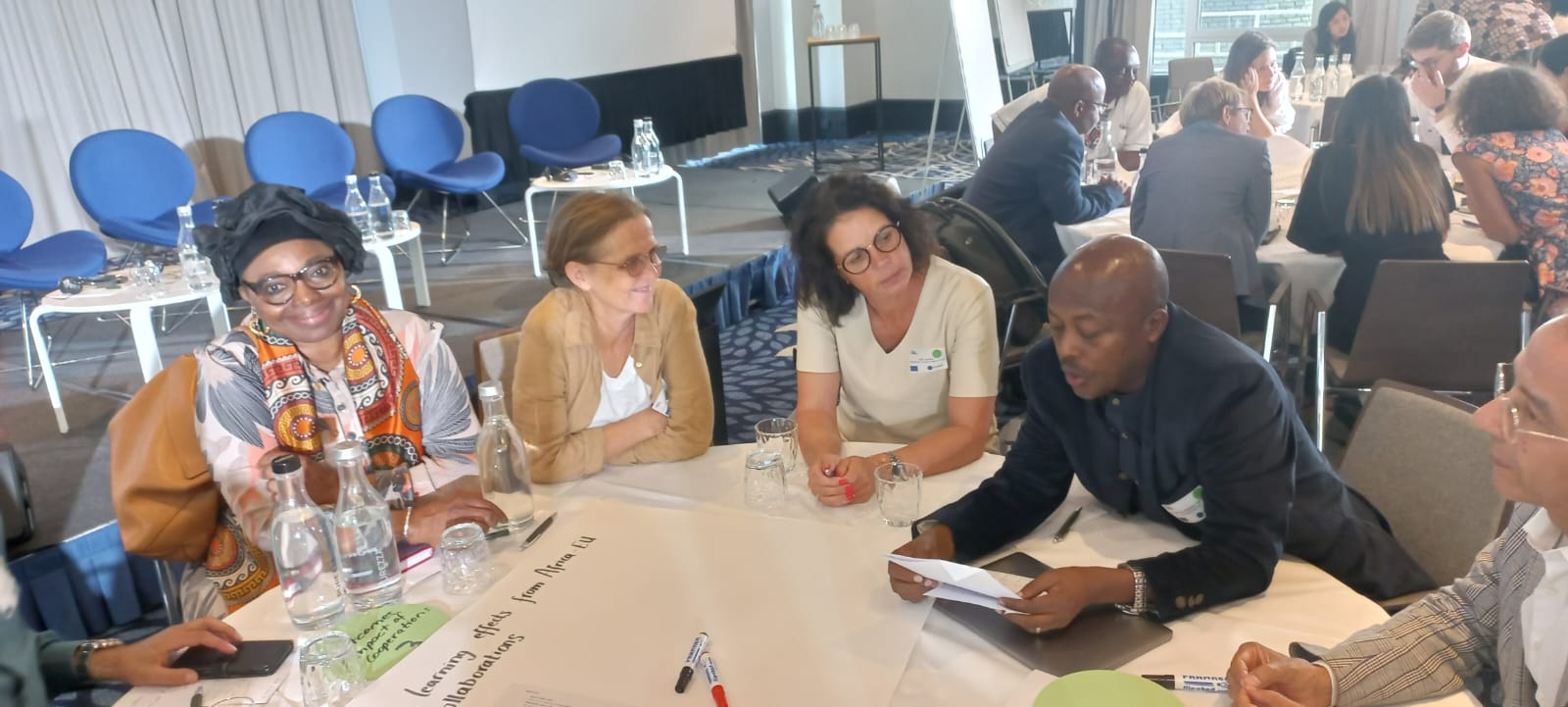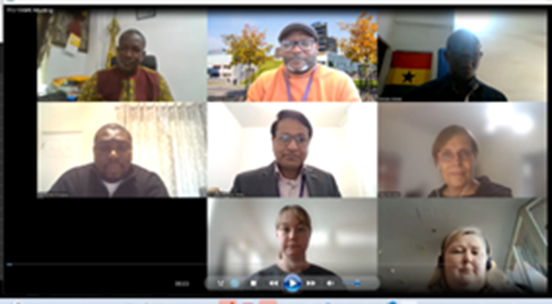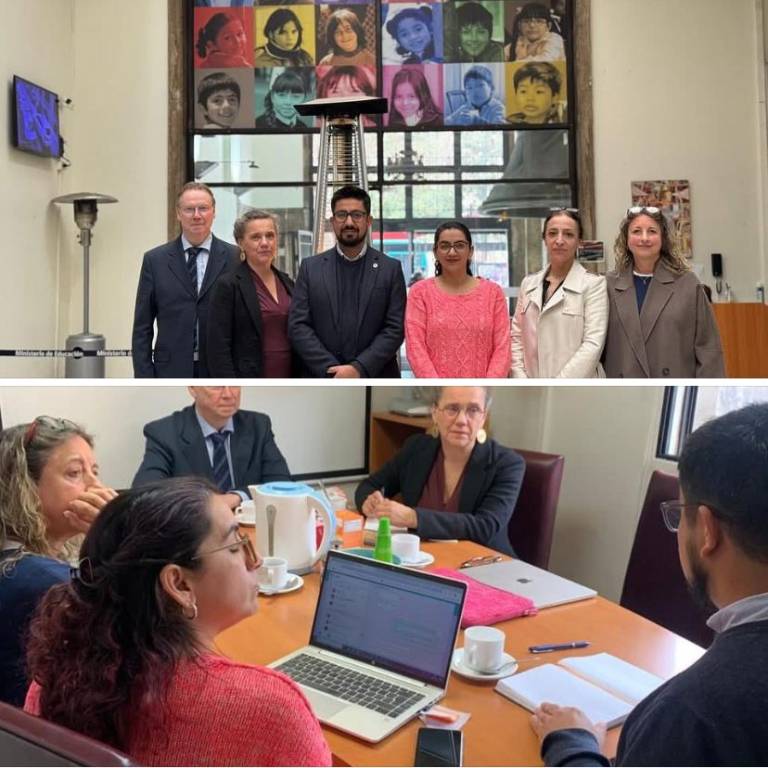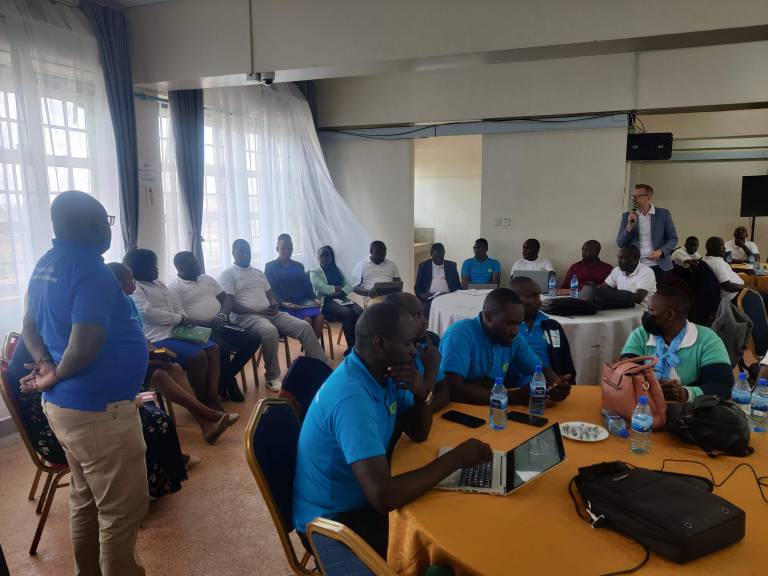Building upon continuous engagement in fostering stronger Europe–Africa cooperation, conference sought to explore and promote the benefits of applied sciences as drivers for regional innovation in Africa. Against the background of the Sustainable Development Goals, the Africa–EU Joint Vision for 2030, the Global Gateway Strategy, the EU-AU Innovation Agenda and the African Union’s Agenda 2063, the need for a stronger focus on applied sciences is paramount.
The conference aimed to discuss the contribution of the applied sciences in fostering innovation and job generation in Africa, examine the complex interactions of regional innovation ecosystems, contribute to the further development of the EU–Africa Partnership in the field of higher education and research, discuss the importance of the Global Gateway as a framework for further cooperation, present different successful cooperation projects between academia and industry on both continents and to engage in a dialogue with industry and other related education sectors (TVET) on training human resources and the mutual learning between stakeholders.
Indeed, European Commission has set Global Gateway strategy to boost smart, clean and secure links in digital, energy and transport sectors and to strengthen health, education and research systems across the world. Linking societies with each other and mobility have been put high on this agenda, elaborated Erica Gerretsen, Director INTPA.G; Human Development, Migration, Governance and Peace, European Commission in her opening speech. Through Global Gateway European Commission is committed to build jobs and opportunities and to invest in human capital for the young people in Africa and Europe. In practice this will be done in cooperation with educational institutions, work with the private sector, knowledge sharing and through increased connectivity and networks.
Based on the discussions of the conference, success factors that create the innovations can be shortlisted as follows: perseverance, sustainable networks, interdisciplinary teams and clear definitions of tasks. As companies and industries are quite often organised according to the departments – and universities of applied sciences are organised according to the fields – interdisciplinary teams of cooperation were highlighted several times, to reach the full potential of cooperation. Out of the box -thinking will be created automatically when people from different backgrounds are mixed. Also multi-institutional, multisectoral, public-private projects were highlighted.
African universities, in general, are very much focused in science. Science, then needs to be applied for impact and to demonstrate what can actually be done with the science. It needs to be shown to the public, how to create innovations that will benefit the societies. Great examples from African continent of this are for example Flare application of Kenya, called also as “Uber of Ambulances”; Babban Gona of Nigeria, social business model that helps farmers to increase their income; drone delivery system Zipline, urban city planning of city of Kigali and Kenyan mobile money Mpesa, to name a few. In order to create innovations like this in the future, increasing investment in Research, Development and Innovation (RDI), strengthening scientific capacity, promoting collaboration, science communication and networking, promoting research that addresses societal challenges, recognising indigenous knowledge in innovation and managing data and governance were seen crucial.
Commercialising the innovations
Connecting African centers of excellence to industries was seen as one of the key action points in the near future – as well as incubators to be built in the campuses. Connections to local Chambers of Commerce were seen as important, as identifying the leading experts of the industries to work with the universities of applied sciences. Breakfast events and workshops with the companies were mentioned, too. As innovation can be created out of what you have already, African communities are very proud of the low-cost technologies that have only been applied in another way than before. To realise the commercial potential of the innovations and products, big question is always: how do we sell our expertise? Answer to this was: we need to be able to change our speaking from science-talk to business-talk; to speak the language of a client, stakeholder or partner.
TAMK has already several fundamental practices for enabling the innovations to be grown. We do not have the hierarchy between the teachers, and the students are involved in different projects. Our entrepreneurial mindset is strong, and teachers are willing to learn with and from the students. Teachers also have the experience on the field they teach. City of Tampere supports the start-up scene. We are able to secure skilled people to the labor market. These conditions that sound basic to us, are not always met in collaboration between different partners. As one of the African conference participants nailed the discussion about the innovations: “Use what you have and move!”. With these words, challenge yourself to change the mindset from the resources you do not have to the resources you have; what will be the next widely known innovation born in TAMK?
Text and picture: Nina Kärki





